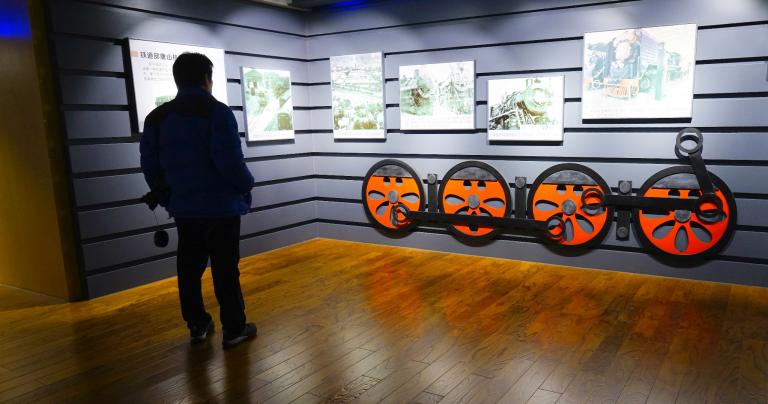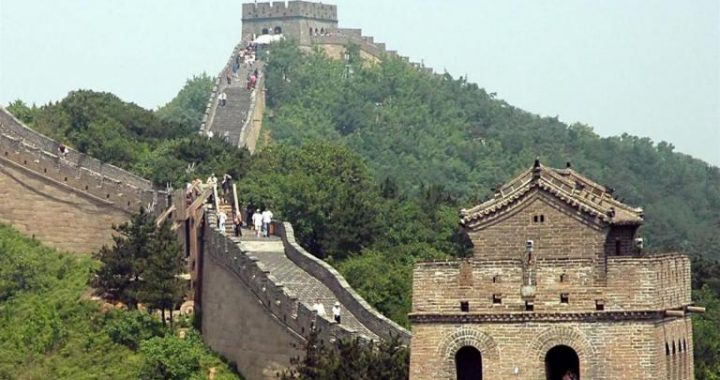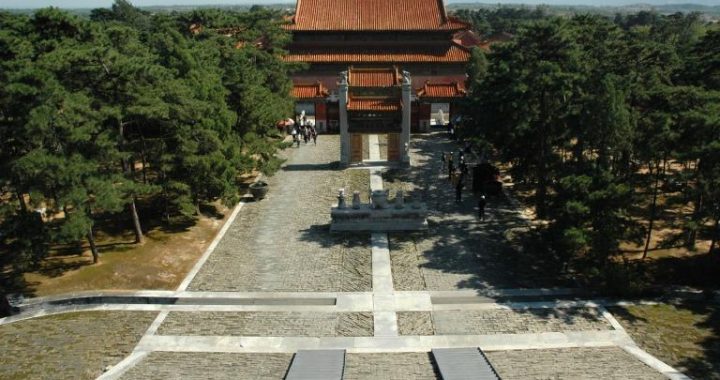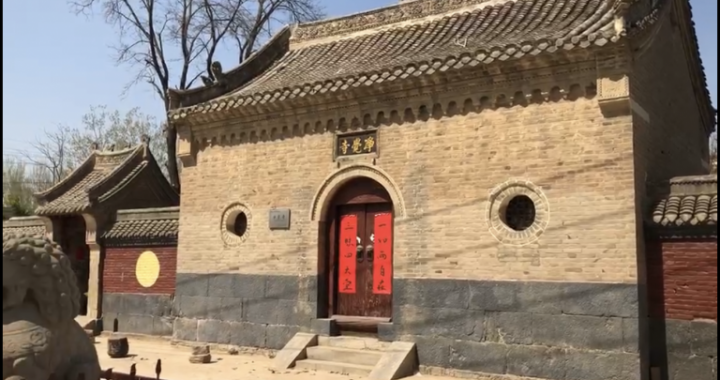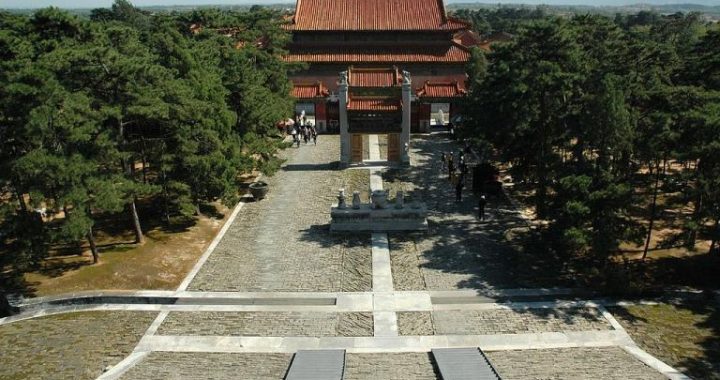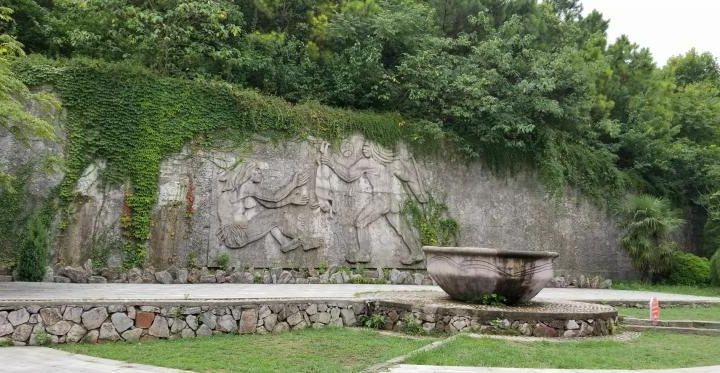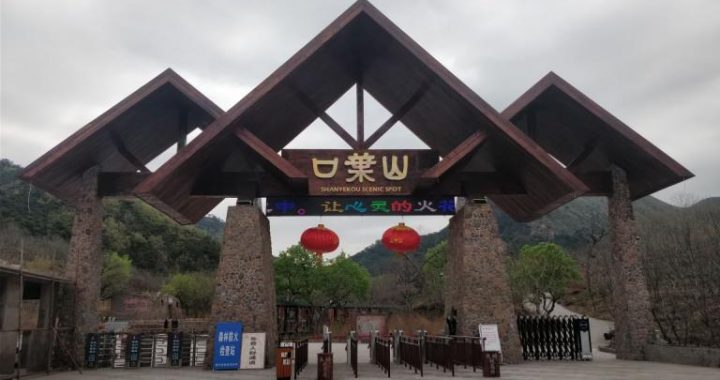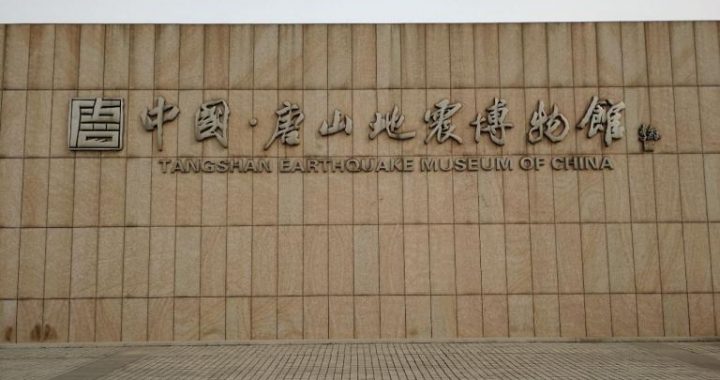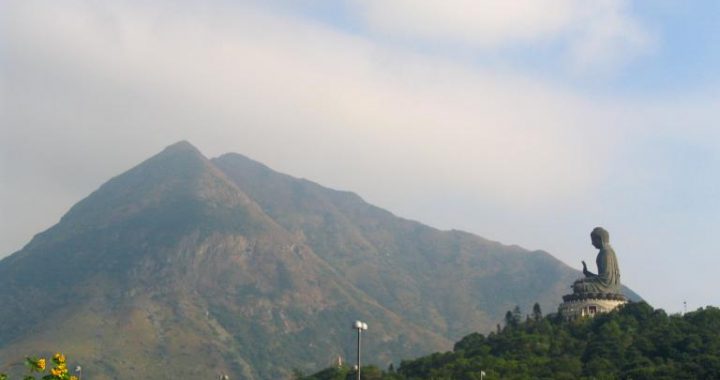The porcelain industry of Tangshan
4 min readThe porcelain industry of Tangshan can be traced back to the period under the reign of Emperor Yongle of the Ming Dynasty. At that time, many migrants from Shanxi and Shandong were artisans who made jars. They found large coal reserves in addition to the soil for making jars in Kaiping,a town northeast of Tangshan. So, they set up workshops to produce jars in Kaiping. Very soon, the jars made in Kaiping became a bestseller product in peripheral areas. The Gangyao(Jar Kiln) Road was named after that the business. In this period, Tangshan started large-scale porcelain production and attracted industrial workers to assemble.
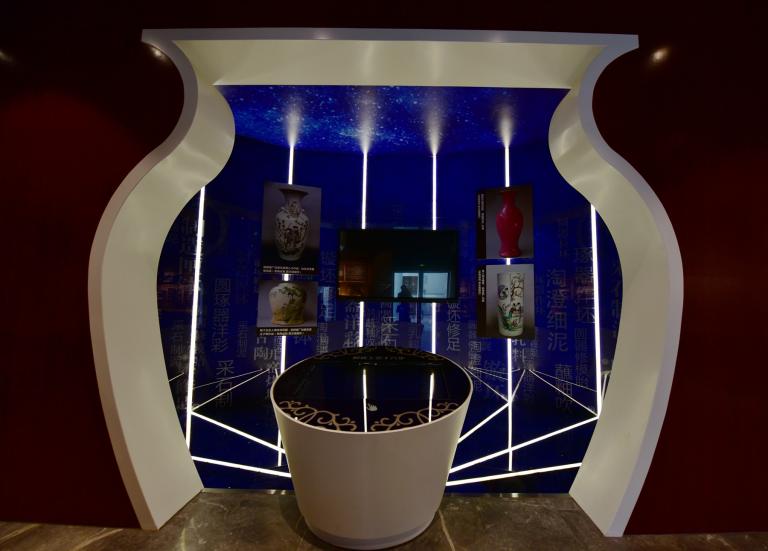
The rising of Tangshan’s modern industry, especially its reserves of coal and pot clay suitable for making porcelain, provided a broad market for the porcelain industry. After 1860, Tangshan’s porce-lain industry thrived and prospered during the Westernization Movement. Since the 4th year of thereign of Emperor Guangxu(1878), kiln owners leveraged the opportunity of producing shaft building bricks for the Kaiping Mining Bureau to increase capital and enlarge potting production. Some new potting mills appeared.
In 1914, the west plant of Qixin Cement Stock Co., Ltd., switched to porcelain production and was later renamed Qixin Porcelain Plant the German Dr. Hans Gunther appointed as its engineer. Gunther discovered clay to produce porcelain near Tangshan. The plant imported equipment and produced China’s first sanitation porcelain ware with reference to foreign experience. In 1925, the plant started mass production with machines. In 1927, the plant began production of floor tiles and interior wall tiles, becoming one of China’s earliest architectural porcelain producers.
Since its debut, Tangshan porcelain has rooted in the people’s life and concreted and preserved the memory of whatever eras in a unique and warm mode. After the founding of People’s Republic of China, Tangshan saw great leaps in porcelain techniques: white jade porcelain, yulan porcelain, highand low-temperature pigments for porcelain wares, gilded coating liquid and other technical products were developed successively and techniques like Tangshan color spraying, underglaze coloring and golden decor inlaying were popularized.
By 1960, Tangshan, with more than 3,400 types of porcelain products sold to 40-plus countries and regions, had preliminarily set up a porcelain industry system with complete categories and become a new porcelain production area. In 1961, Zhu De, chairman of the Standing Committee of the NPC, named Tangshan “The 2nd Jindezhen.”In 1965, the Ministry of Light Industry called on the national porcelain industry to learn from Tangshan. From then on, Tangshan has been honored the Northern Porcelain Capital. In 2003, China Light Industry Federation granted the honorary title China’s Northern Porcelain Capital to Tangshan.
Also during the 1960s, Tangshan Porcelain Research Institute was working on technically challenging bone ash porcelain research. At the time, porcelain technology from the U.K. was widely praised but China, the birthplace of porcelain, did not have similar technology. In 1964, technicians at the Tangshan Porcelain Research Institute, relying on a set of royal porcelain wares from the UK, started a decade-long project to identify the source, proportion and sintering of bone ash porcelain.
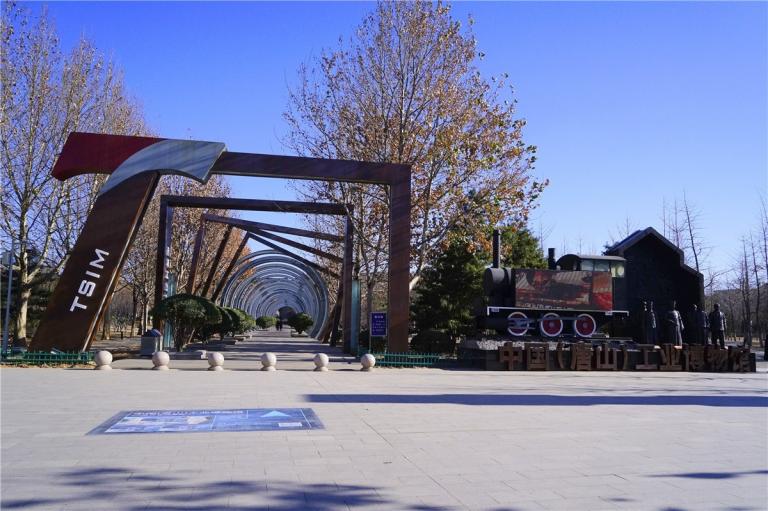
They succeeded in 1974 and received certification of authenticity from UK institutions.
Tangshan bone ash porcelain launched a new epoch in the development of bone ash in China.
Today, bone ash porcelain is recognized as the “most upscale porcelain”in the world. After successive technical breakthroughs, Tangshan ash bone porcelain has realized the highest bone black proportion of 70%. Moreover, the production artistic products and large wares from bone ash porcelain in Tangshan is at the leading edge globally. In 2009, Chinese President Hu Jintao gave a gift of Tangshan bone ash porcelain to the UK, the birthplace of bone ash technology.
Process and technology innovation are the core basis for the development of Tangshan’s porcelain industry. Industry upgrades and management innovation have brought energetic vitality to the porcelain industry of Tangshan.
Today, Tangshan porcelain used in households, building, sanitation, industry, physics and chemistry, high-tech and art and display spans more than 500 different types of products. Technical renovation has generated a number successes for Tangshan porcelain, including the title of China’s No.1 household porcelain for Red Rose bone ash porcelain; Huida sanitation porcelain named a Famous Trademark of China, China Top Brand and National Inspection-free Products; Longda bone ash porcelain that was a special product for the Shanghai APEC Conference and the 2008 Beijing Olympics and the 2010 Shanghai Expo;a designation for Tangshan as the China Torch Program Ceramic Material Industry Base. At the same time, lead-free bone ash porcelain has broken through the international technical barrier and entered international upscale household porcelain market. China Ceramic Fair Tangshan has become an important exhibition and exchange platform for the porcelain industry of China and the world.
